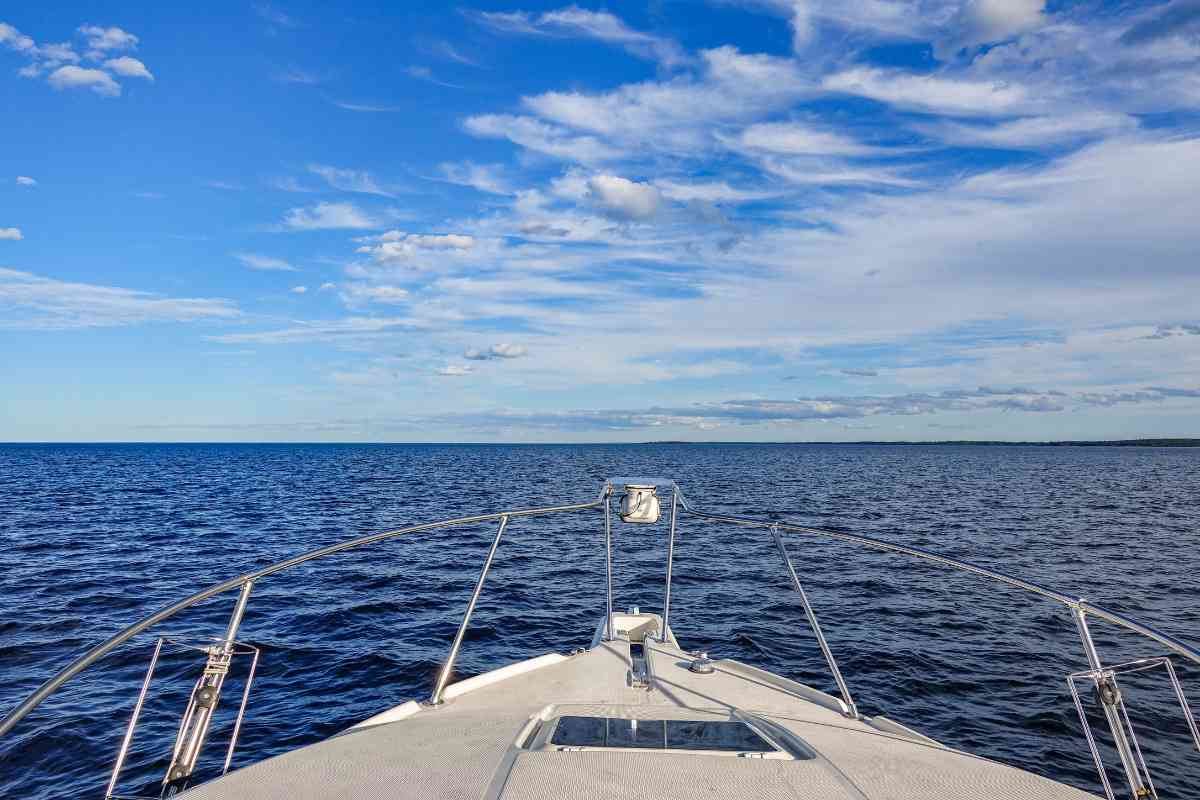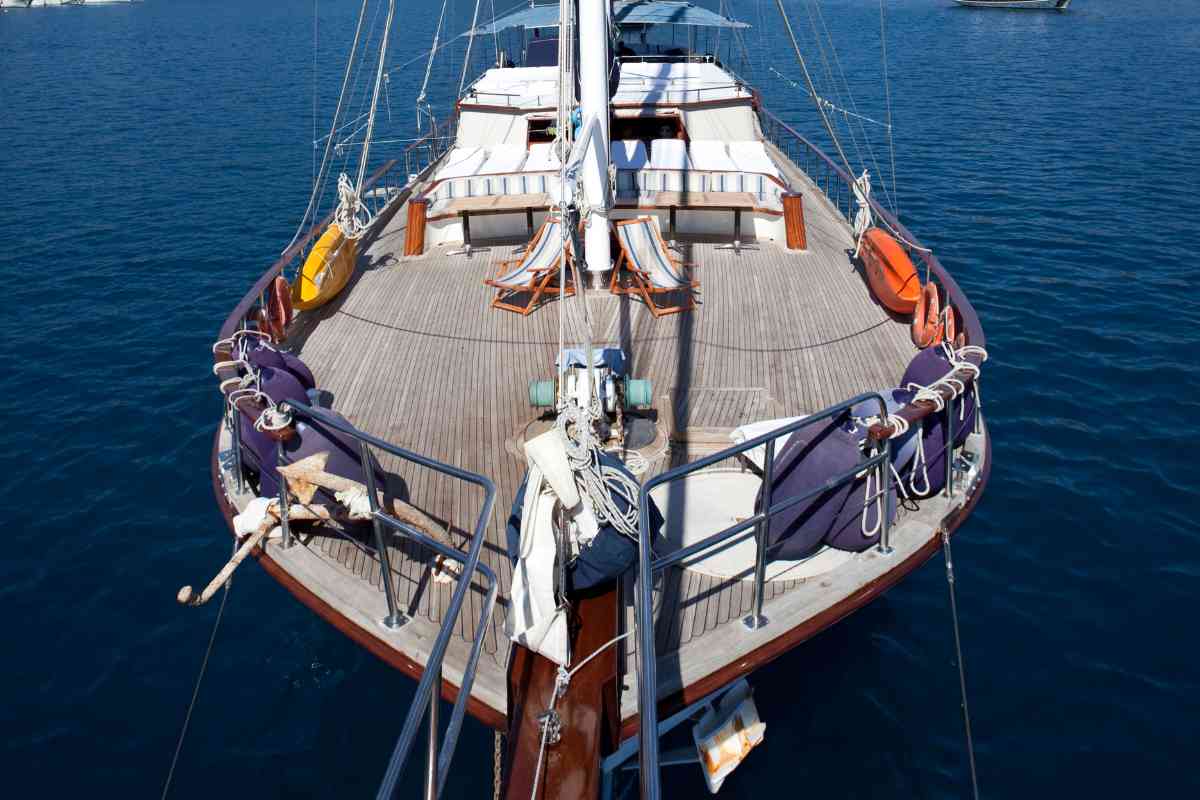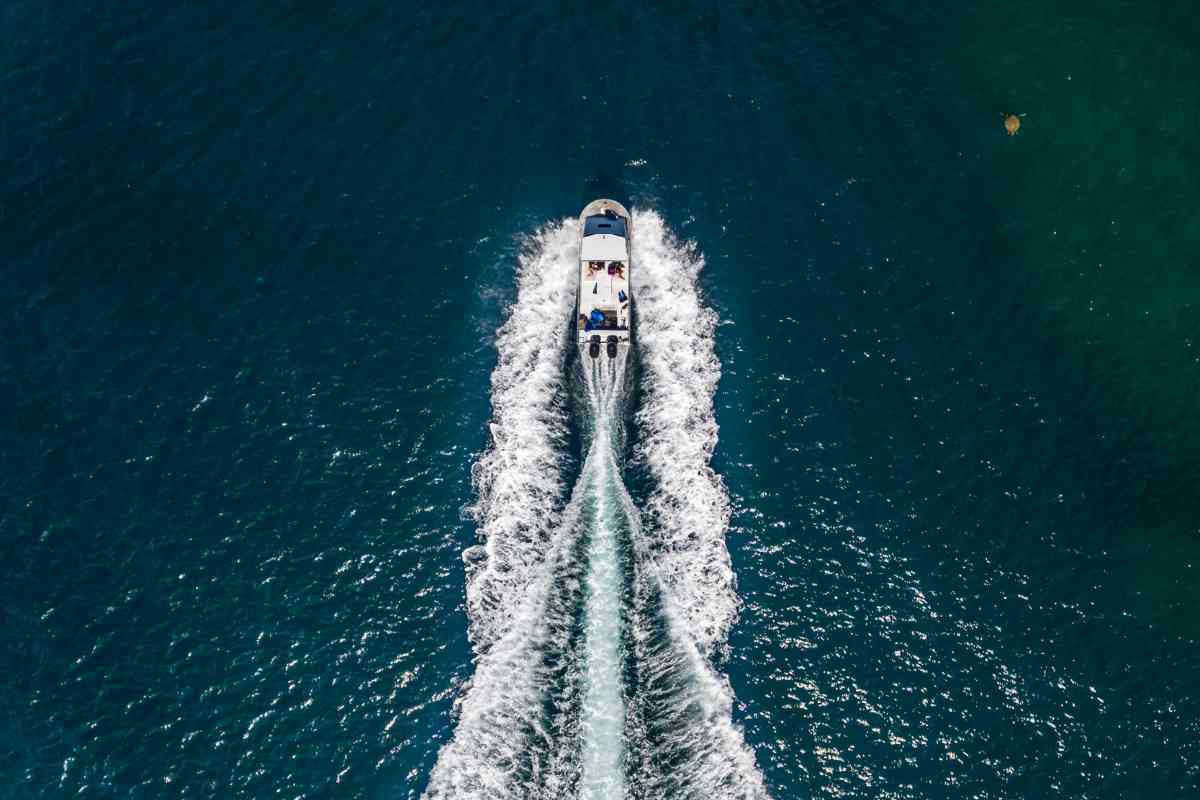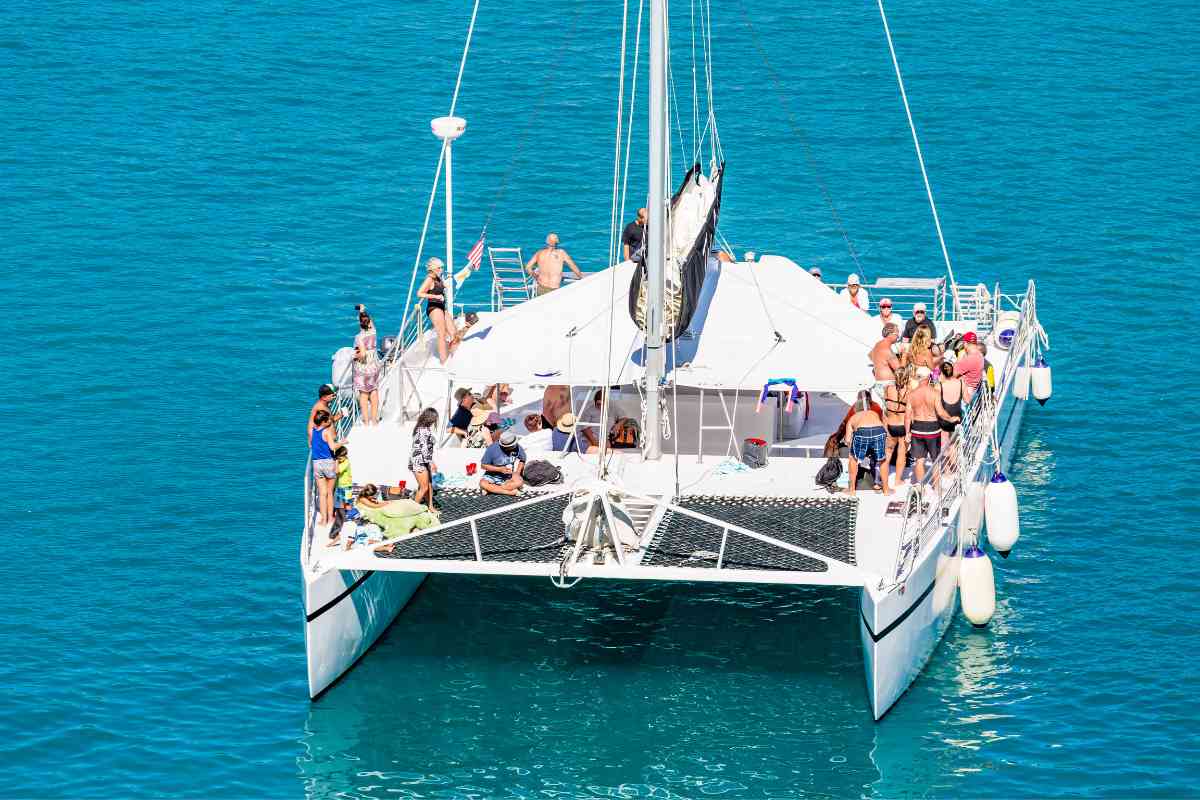Beam of a Boat: Understanding the Importance of Beam on Your Boat
Not everyone is familiar with terms like “beam of a boat”, “port” or “starboard”. What is the definition of a beam on a boat?

What’s beam on a boat?
The beam of a boat is the width of a boat, and the width is measured at the boat’s widest point. Wider boats are more stable than narrower ones, but narrower boats also have advantages. Larger boats tend to be narrower relative to their length than small boats.
As a marine engineer, I know how boats are designed. The boat won’t perform well if the beam is either too wide or too narrow.
There is no ideal beam width, it depends on what capabilities the boat needs – does it need to be fast, does it need to handle rough water, and does it need to enter narrow passages?
What Do “Port” and “Starboard” Mean?
Port refers to the left side of the boat and starboard refers to the right side. The distance from port to starboard at the widest point is the beam of a boat.
You can use simple tools like a carpenter’s square and a measuring tape to calculate it. Calculating the vessel’s volume is much more difficult and takes more than a tape measure.

Advantages of a Wide Beam on Boat
Why does the boat’s beam matter? It matters because a narrower boat is faster and a wider boat is more stable.
Taking narrow beam vessels out on rough water is downright dangerous.
While some narrower boats are more stable than others, you can’t make a narrow boat as stable as the best wide boat. Boats with wide beams can never keep up with the fastest boats with narrow beams.
Different Ways to Measure the Beam of a Boat
Some boats have multiple hulls, and there are many monohull vessels. How do you measure the beam of a multi-hulled boat?
With more than one hull, you measure the perpendicular distance from one hull’s centerline to the other hull’s centerline. This is called BOA, or “beam overall”.
For monohull vessels, you simply measure across the width of a boat. This is called the “beam on the centerline”. The boat’s length is also measured where the boat is longest.
What is a Boat’s Centerline?

The boat’s centerline is a straight line going from the front of the boat to the rear of it. The front of the boat is called the bow, and the rear of the boat is called the boat’s stern. It is an imaginary central line.
Some other terms are:
- A starboard beam is the widest part of the boat on the starboard side.
- The port beam is the widest part on the port side.
- A boat’s resistance is the resistance of the air and water to the boat moving quickly. Boats with narrower beam measurements face less resistance.
- A boat’s gunwales are the upper edges of a boat. You can measure the beam by measuring the distance between the two parallel gunwales.
- Multihull vessels have two or three hulls. Catamarans and trimarans are common multihull vessels.
Is There An Actual Beam at the Front of a Boat?
No, the term “beam” is left over from the days of wooden ships. Large timber beams went across boats in the past, to give them strength.
Modern boat beams are steel ‘torsion boxes’ rather than wooden beams.
Wide Beam Boats vs Narrow Beam Boats

A wider beam improves a boat’s stability because it prevents the center of gravity from shifting to the right or left.
A narrow beam boat’s center of gravity can shift in either direction easily, potentially making the boat tip over.
Shifting heavy objects farther from the centerline and towards the two sides improves stability. The wider the boat is, the farther you can move the cargo from the centerline, and boats have their storage space planned out with this in mind.
What is a Boat’s Secondary Stability?
A boat’s secondary stability is its ability to right itself after tipping over. When a boat tips too far to one side or another, it won’t always capsize, it might right itself.
A boat with more secondary stability can right itself more easily. This is different from primary stability, which is the boat’s ability to not tip much to either side in the first place.
Are Boats With Wider Beams More Stable?
A wider boat has a lower secondary stability and a narrower boat has a higher secondary stability.
However, wider boats are more stable overall because of the higher primary stability.
Do Modern Boats Ever Have Beams?
Modern boats have torsion boxes rather than beams. A modern boat has iron, steel, composite, or ferro-cement torsion boxes stretching across it.
Boat’s Length to Boat’s Beam Ratios
Smaller boats usually have a smaller length-to-beam ratio. For example, a small boat might be twice as long as it is wide (2 to 1), but a large boat might have a 5 to 1 ratio.
Some very large boats have a 9 or 10 to 1 length-to-beam ratio. For example, a superyacht that is 740 feet long might only be 82 feet wide at its widest point.
Narrow Beam Vessels
Wider and narrower beams are right for different types of boats. For example, a very wide boat can’t enter narrow waterways.
It can also hurt a vessel’s appearance if the vessel’s beam is the wrong size.
Approximating the Beam of a Boat
You can estimate the width of a boat if you only know its length. Figure out the cube root of the length of a boat in feet, then multiply that by 5, then add 1 foot.
This should be roughly the width of the boat.
If a boat is 64 feet long, then the cube root of 64 is 4. Multiply that by 5 to get 20, and then add 1 to get an estimate of 21 feet wide. Not all boats are built with this rule, but you will be pretty close a lot of the time.
Taking a Boat’s Beam Measurements
If you don’t know your boat’s measurements, you can calculate them yourself instead of hiring a marine surveyor.
You only need simple equipment like a tape measure and a carpenter’s square to calculate a beam’s measurement.
Key Takeaways
- The distance across a boat’s hull at the widest point is the beam of a boat.
- Some boats have a much wider length-to-beam ratio than others.
- A huge yacht might have a 9 or 10 to 1 ratio, a small boat only 2 to 1.
- While wider-beam boats are more stable, narrow-beam boats are faster.
- A boat’s stability improves if the bottom of the boat is curved.
